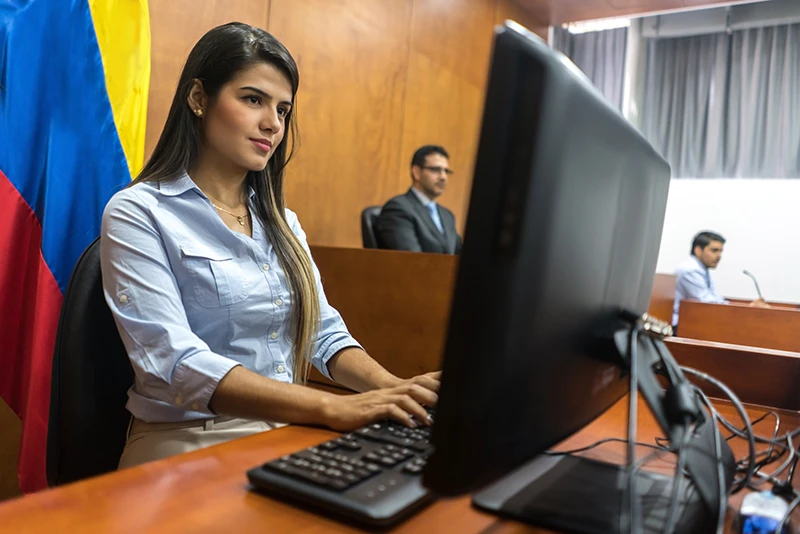Future Trends in Courtroom Reporting

Like many other industries these days, courtroom reporting is quickly transforming, thanks to tech-driven trends reshaping how legal proceedings are documented. For attorneys and paralegals in San Jose, CA, understanding these changes will help you stay one step ahead of the curve.
AI in Court Reporting
Artificial intelligence (AI) has entered the courtroom, offering powerful transcription tools that streamline and speed up document preparation. Faster transcription means faster case preparation and real-time access to critical information. Unlike traditional methods that rely heavily on human transcription, AI systems now assist with real-time text generation and speaker recognition.
However, these systems still benefit from a human touch to ensure accuracy. Court reporters provide quality control by verifying transcripts and handling complex legal terminology that AI can sometimes miss.
Remote and Virtual Reporting
Remote court reporting technology allows proceedings to be transcribed from anywhere. This shift saves travel time and enables attorneys and clients to work with top-notch court reporters, even if they’re located across the country. Virtual courtrooms have also become more common, allowing participants, witnesses, and reporters to collaborate online.
Notably, remote proceedings reduce delays in scheduling and often lower costs by minimizing the need for a physical courtroom. However, they rely on stable internet connections and secure data protocols for all parties involved to protect sensitive legal information.
Real-Time Reporting and Captioning
Real-time reporting has evolved beyond the basics. Today’s tools provide instantaneous transcription, which is helpful in high-stakes cases where attorneys want to see transcripts as the proceedings unfold. This quick, accessible information offers valuable advantages in strategy and cross-examination.
In addition, captioning, which was originally used in broadcasting, has found a place in the courtroom. This capability ensures that participants with hearing impairments can fully engage in the legal process.
The Shift to Voice Writing
Stenography has long been the go-to method for court reporters, but voice writing technology is gaining traction. Rather than typing on a traditional steno machine, voice writers use specialized software to transcribe their spoken words instantly. Voice writing is less labor-intensive and has a smaller learning curve, resulting in faster training and adoption. Plus, software advancements make voice writing more reliable every day. This shift could alleviate the ongoing shortage of court reporters by attracting newcomers to the field.
Ethical and Security Challenges
With technology comes the need for caution. Digital and AI-powered tools bring up questions about privacy and data protection. The handling of court transcripts containing sensitive personal information requires strong security protocols. Then, AI must be carefully monitored to avoid errors that could compromise transcript accuracy.
Keep Up with Future Trends in Courtroom Reporting
At Talty Court Reporters, we help your legal firm take advantage of the latest advancements in courtroom reporting by utilizing the latest technology to deliver the very best results in your legal case. Turn to us for top-quality court reporting and transcribing services, video and audio conferencing, remote depositions, and much more. For additional information about our services or to request a cost estimate, please contact us today.